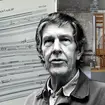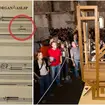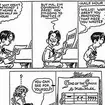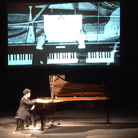John Cage chord change: what’s the story behind ‘As Slow As Possible’?
8 September 2020, 16:26

On Saturday, John Cage fans gathered at a German church to witness the change of one chord, in a 639-year-long performance. Here’s all you need to know about the world’s slowest composition.
Around 20 years ago, a young group of inspired musicians and philosophers devised what’s reckoned to be the longest performance in history.
‘As Slow As Possible’, a work written by avant-garde composer John Cage in the mid-80s, has now been playing on a specially built organ at St. Burchardi Church in Halberstadt, Germany since 2001, when it began with a pause lasting for a year and a half.
Now, every time it’s time for a new note in the piece, music lovers congregate in the church to witness the adding of new pipes, and the next chord played out.
On Saturday, the chord changed for the first time in seven years, in a harmonic moment live streamed to the world. The performance is scheduled to end in the year 2640 – but the composer never actually marked it down to be that long.

As Slow as Possible note change, John Cage. Impulse 15; 2020
What is John Cage’s ‘As Slow As Possible’?
Organ²/ASLSP, ‘As Slow as Possible’ consists of eight pages of music, to be played very, very slowly. That’s an exact marking, as the composer himself didn’t suggest a tempo.
Cage was commissioned to write his now-famed work for a piano competition by The Friends of the Maryland Summer Institute for the Creative and Performing Arts.
The late American, forever one to break the musical mould, wanted no two performances of this piece to be the same. So, he employed an open format.
While the score consists of eight pages, the length of the performance is, in the loosest possible sense, up to the interpreter.
Performances of ASLSP have ranged from a 14-hour-56-minute performance by Diana Luchese at Towson University in Maryland, which is the longest documented performance by a single musician so far, to a 12-hour performance in 2015, in an all-night concert at Christ Church Cathedral in Montreal, Quebec.
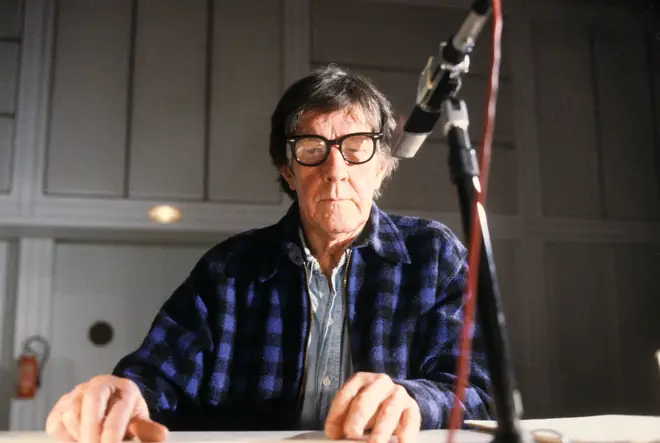
Who is composer John Cage?
Cage was one of the 20th century’s best known experimental composers, whose work revolutionised the concept of what art music is.
His most famous work is 4’33”, a silent composition for piano. Cage was fascinated, and terrified, by the idea that humans can never truly experience silence.
4’33”, which consists of precisely four minutes and 33 seconds of silence – in three movements – is a chance to listen to all the sounds that constantly surround us, that we never actively turn our ear to.


